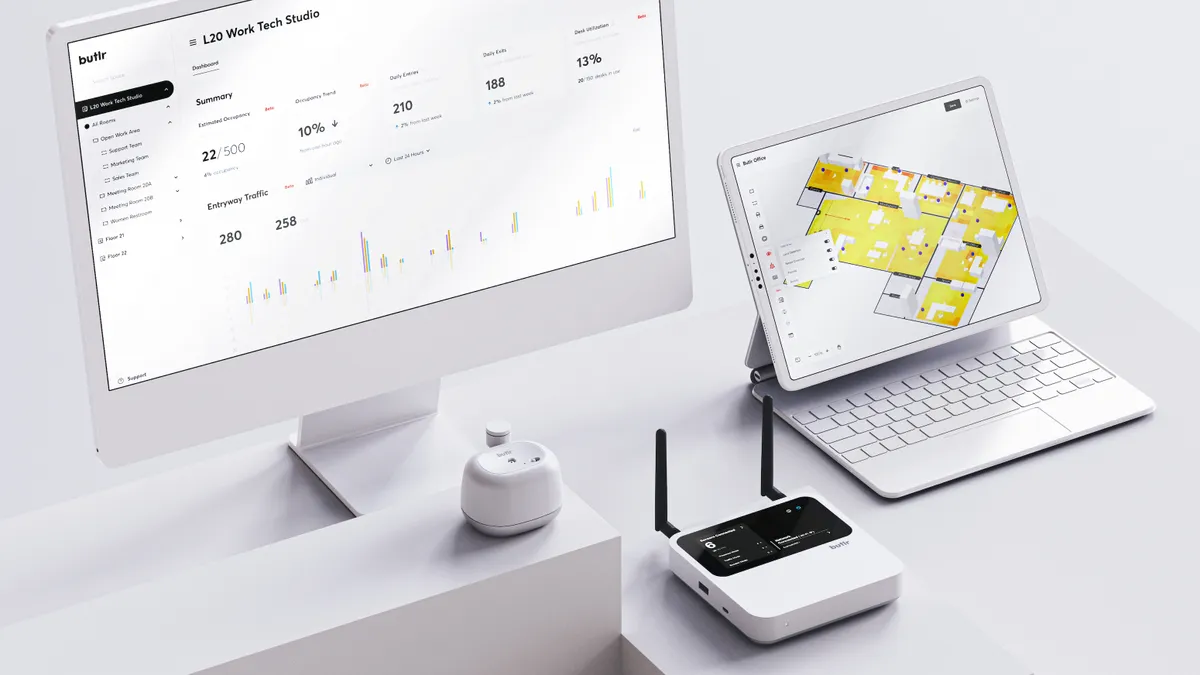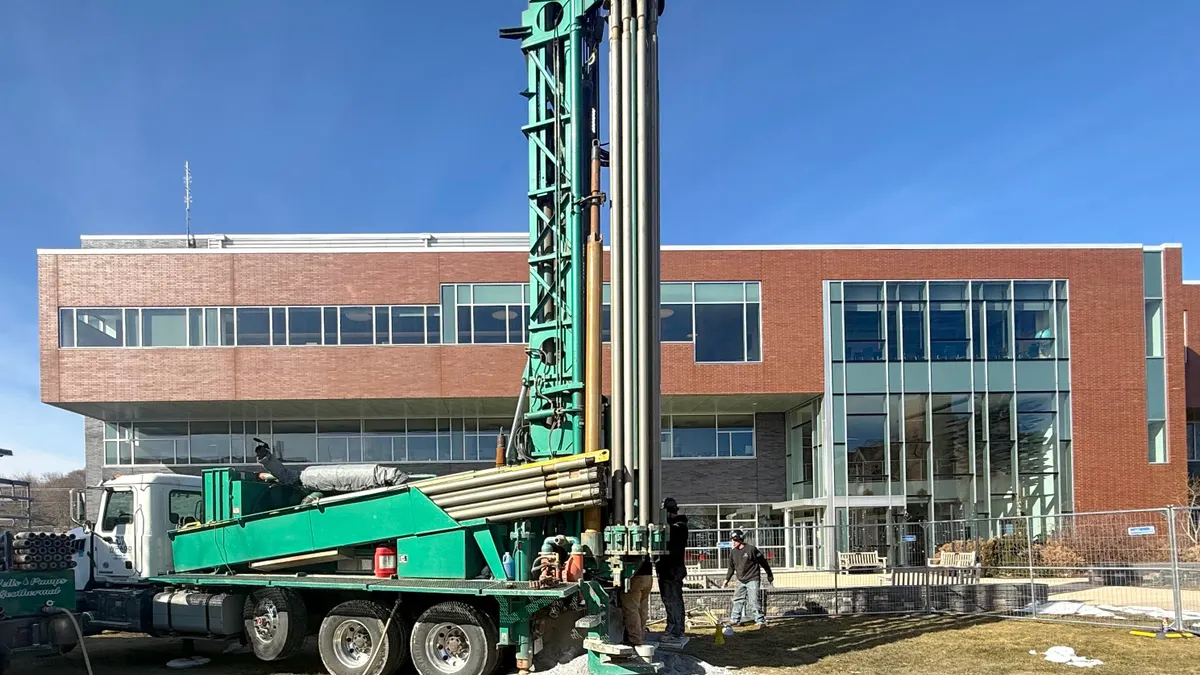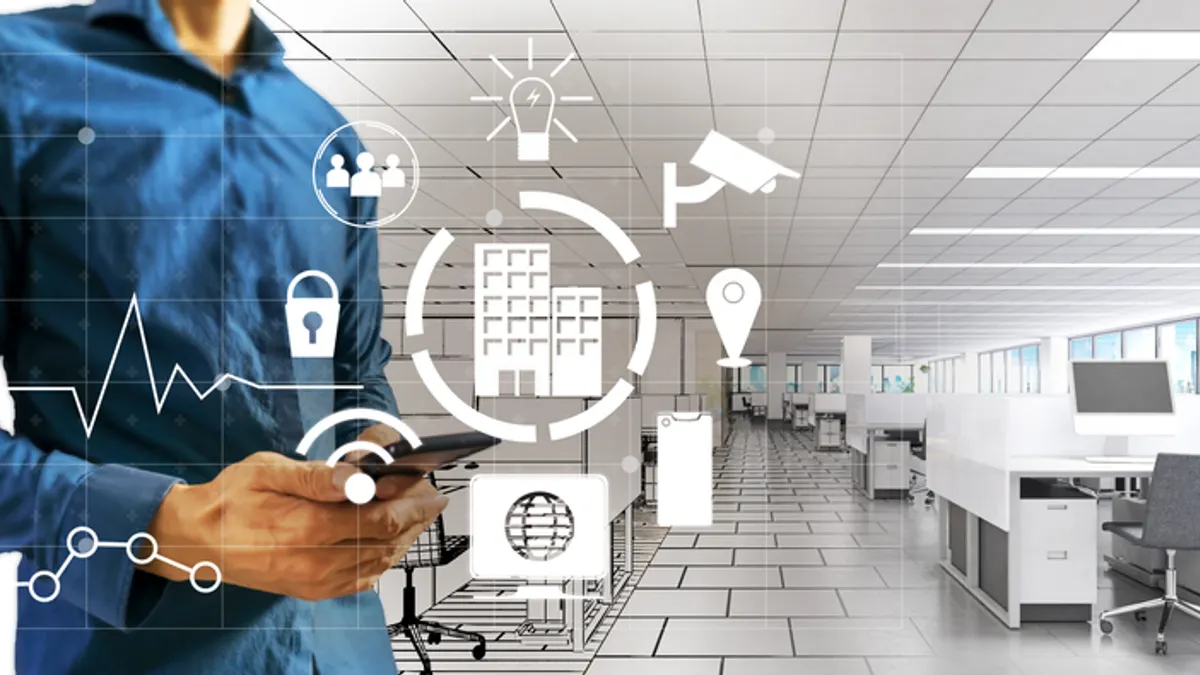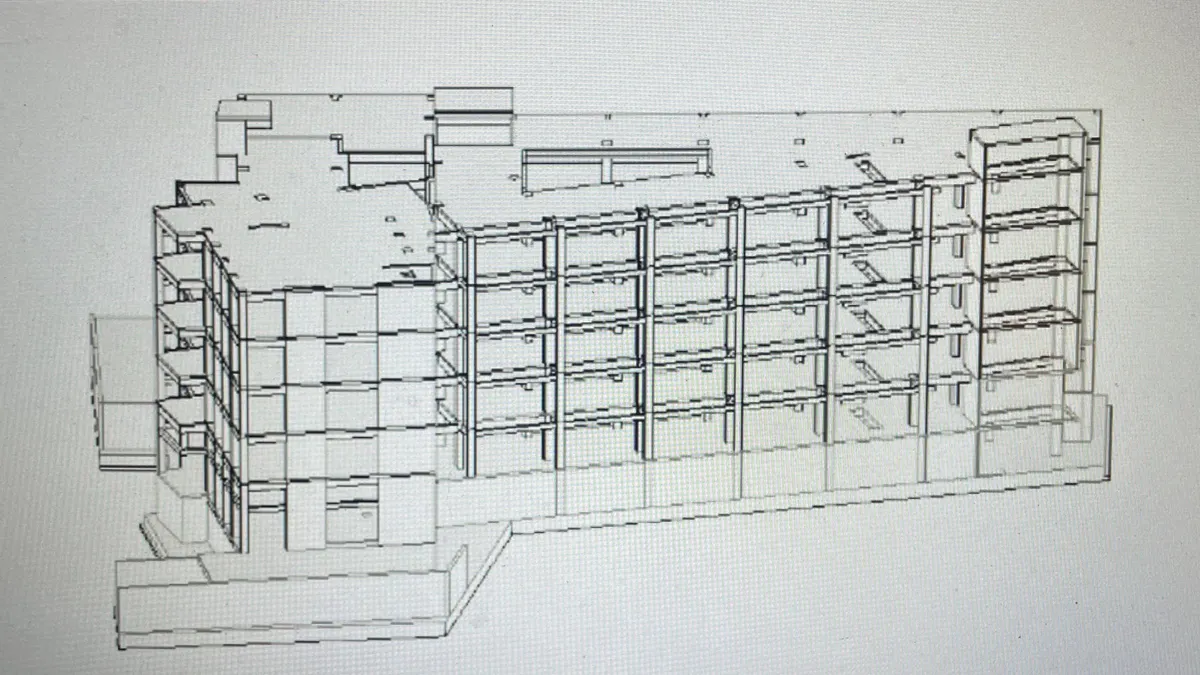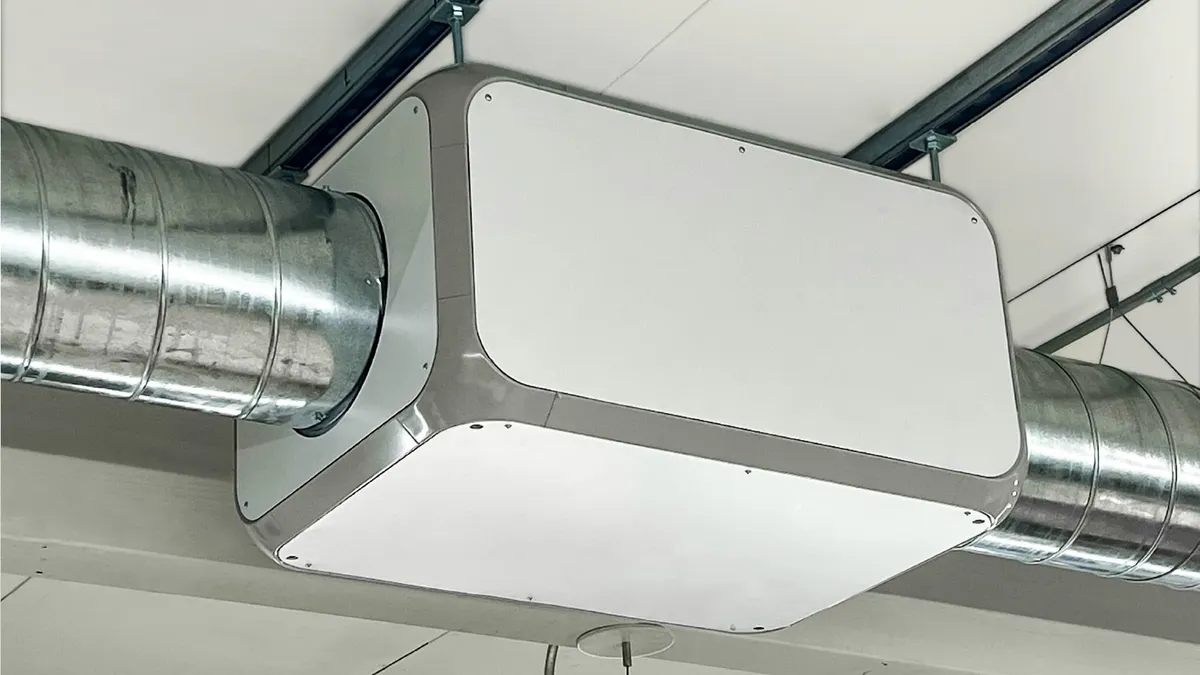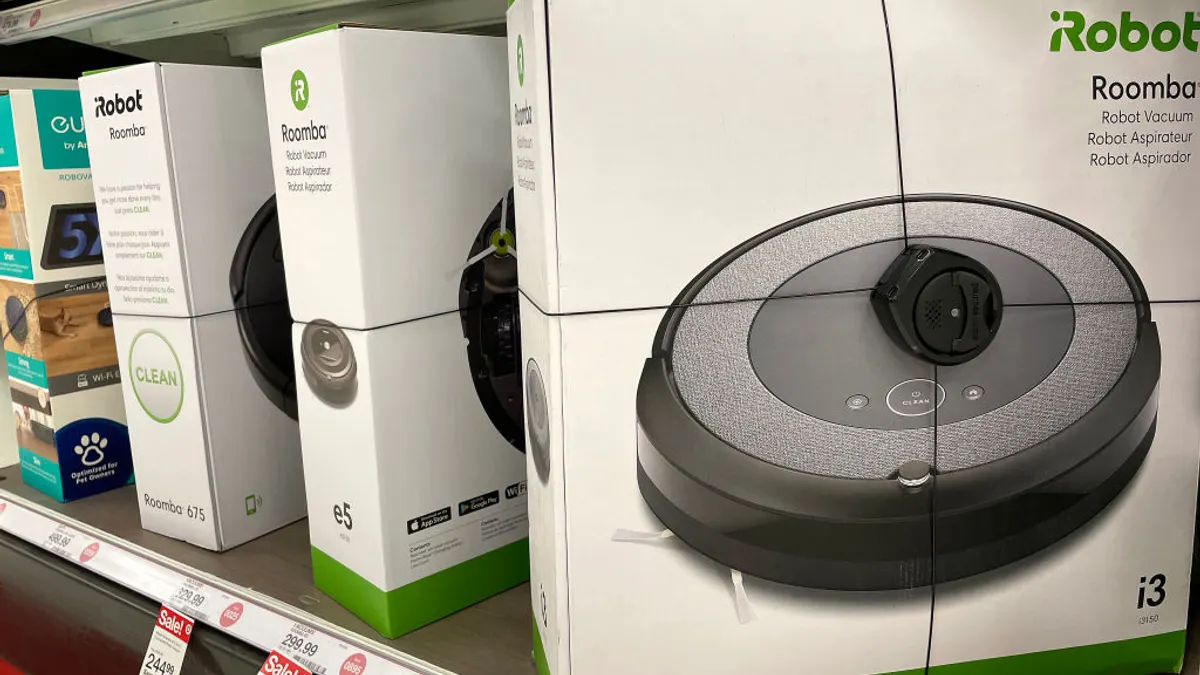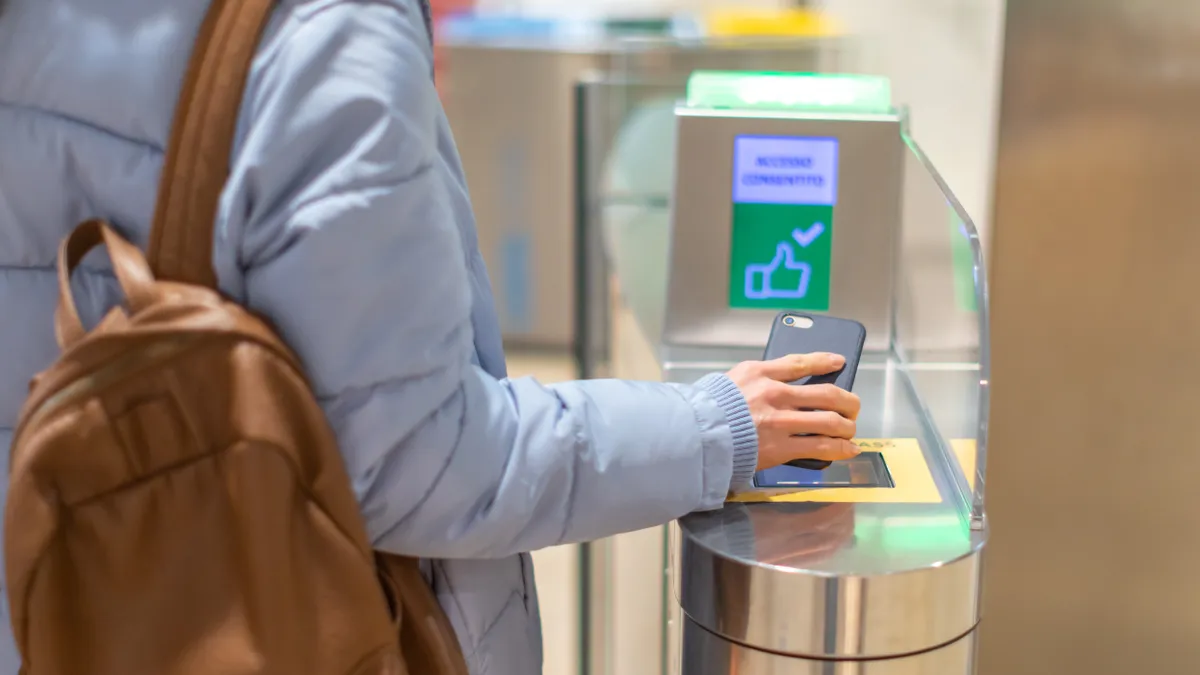Access control and video surveillance are the top priorities for 2025, according to a survey of 5,696 physical security professionals conducted by Genetec in August and September 2024. The report highlights that 69% of channel partners, 54% of end users and 63% of consultants said they would prioritize access control, while 63% of channel partners, 40% of end users and 52% of consultants plan to focus on video surveillance. At the same time, the integration of AI into physical security systems was named as a promising development that end users are eager to explore, with 37% planning to do so in 2025, compared with just 10% that did in 2024, according to the report.
As physical security becomes a priority for owners, operators and occupants, firms are leveraging AI to improve existing cameras and develop new technologies that can protect facilities and people. Simultaneously, these solutions are being used to bolster occupancy insights, enabling firms to provide better data that can drive space planning, lease management and operational efficiencies.
Heat sensors provide anonymous occupancy tracking
Last week, Butlr launched its Heatic 2+ solution, a wireless and anonymous AI sensor that features a multi-year battery life, scalability and real-time insights into how people interact in their environments.
“In the past decade, we only had two types of sensors to detect people at scale,” including motion sensors and accurate, full-capability security cameras, Honghao Deng, CEO and co-founder of Butlr, said in an interview. While motion sensors do not pull in enough information to provide actionable insights, security cameras pull in too much, “violating people’s privacy,” Deng said.
To provide operators with the information they need to understand presence, movement and occupancy without capturing identities, Butlr designed “something right in between,” using heat sensing and AI to create a system that can pull in the location, trajectory and body posture of those working without sensitive information, Deng said.
The Heatic 2+ sensor doesn’t require cables and involves minimal maintenance, the company said in a Dec. 11 news release. Featuring a magnetic back for flexible and easy attachment to steel surfaces, the sensor delivers enterprise-grade security and integrates with an API-first data platform to provide accurate, real-time and historical occupancy insights, Butlr said.
As workplace customers have expanded their use of Butlr to better understand how offices are used by staff and visitors, the company saw an opportunity to further develop its sensors to “accommodate the needs of academic, healthcare and corporate campuses,” per the release. For example, in retail stores, operators can use the product to more efficiently manage traffic, allocate staff, balance heating and cooling, and present products and services in ways that are most engaging to customers, Butlr said. Meanwhile in healthcare settings, the AI-driven sensors can be used to detect falls or bathroom activity, providing improved safety while protecting privacy, Deng said.
Deng noted plans to expand reach to enterprise businesses, higher ed campuses and retailers that seek to “maximize their investments in the built environment while practicing sustainability and energy efficiency.”
Volt AI tackles security
Volt AI is also leaning into artificial intelligence to unify existing cameras to provide dynamic tracking of people and objects in facilities’ digital twins.
The company states that its machine learning models have been trained to detect weapons, fights, medical emergencies and other critical events, with human-in-the-loop validation providing facility-wide situational awareness. The platform offers dynamic renderings of people’s movements and delivers real-time intelligence on occupancy, according to Volt AI’s website. The company emphasizes privacy, noting that its AI monitors behaviors rather than individuals, with fully encrypted personally identifiable information data.
“[The] common thread is ‘How do you reduce staff or reduce costs?’,” Dmitry Sokolowski, founder and chief technology officer at Volt AI, said in an interview. “With a system like ours, you're able to basically remove the historical sort of non-useful tasks for people and redeploy them in a more effective way.”
The company says its platform also provides a single dashboard for camera health monitoring, direct integration with emergency response programs, analytics for security resource allocation optimization and supports up to 10 years of video archiving.



